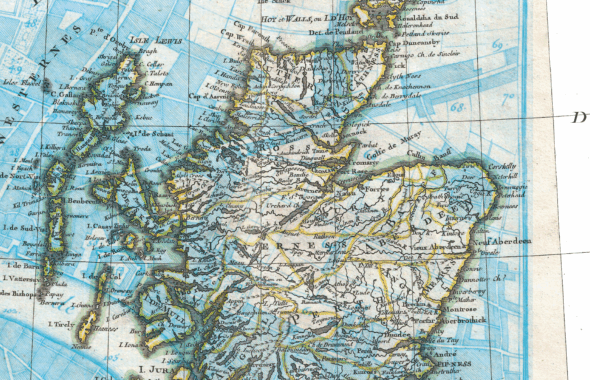
Georg Friedrich Haendel (1685-1759)
Opéra en trois actes sur un livret anonyme
Créé le 8 janvier 1735 à Londres (Covent Garden)
Direction musicale : Christophe Rousset
Mise en scène : David McVicar
Chorégraphie : Colm Seery
Décors et costumes : Vicki Mortimer
Lumières : Paule Constable
Ariodante : Stephanie Houtzeel
Ginevra : Chen Reiss
Polinesso : Max Emanuel Cenčić
Dalinda : Hila Fahima
Lurcanio : Josh Lovell
Il Re di Scozia : Peter Kellner
Odoardo : Carlos Osuna
Gustav Mahler-Choir
Les Talens Lyriques
Production du Wiener Staatsoper
A great Handel specialist, whose interpretations performed with Les Talens Lyriques have been crafted and filled with enthusiasm, Christophe Rousset comes back with great joy to Ariodante, one of the chef d’oeuvres of Italian opera.
First performed on the 8th January 1735 at the Covent Garden Theatre, Ariodante by Handel only remained programmed for eleven performances. Revived for two performances in 1736, the work was then to be forgotten and it was not until two centuries later that it took up its place as one of the most liked operas of the composer. The opera begins with a story based on three cantos taken from Ariosto’s epic poem Orlando furioso, which at that time caught the imagination of the composer. A simple, painful and violent story adopting the colours of chivalry but also the unalterable resonances of the human heart. The story of five characters linked to each other by a love chain – Lurcanio loves Dalinda who loves Polinesso who loves Ginevra who loves Ariodante – looked upon by an ancestor, father and king.
In his Ariodante, Handel gives to each one of his characters music which sparkles with passion, not hesitating to highlight the vocal virtuosity of his singers. The protagonists of this love tragedy are not victims of fatality and do not succumb to the blows of a blind or vengeful destiny. They indulge themselves in the giddiness of their passion, tricked by misleading appearances. The da capo aria, the preferred form of the opera seria, allows for the elevation and the deepening of feelings. This structure, by definition repetitive, develops to the point of overflowing all the troubles which perturb the souls of the heroes.
© Claire Meyer – Christopher Bayton